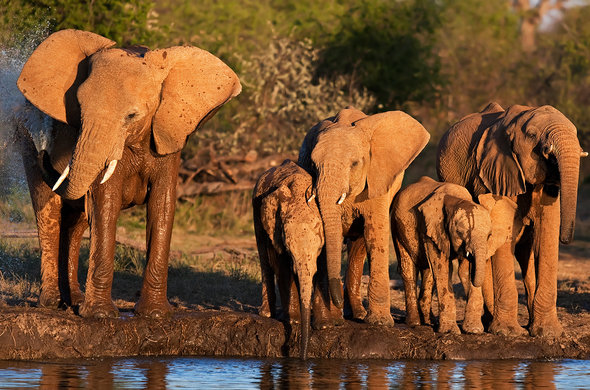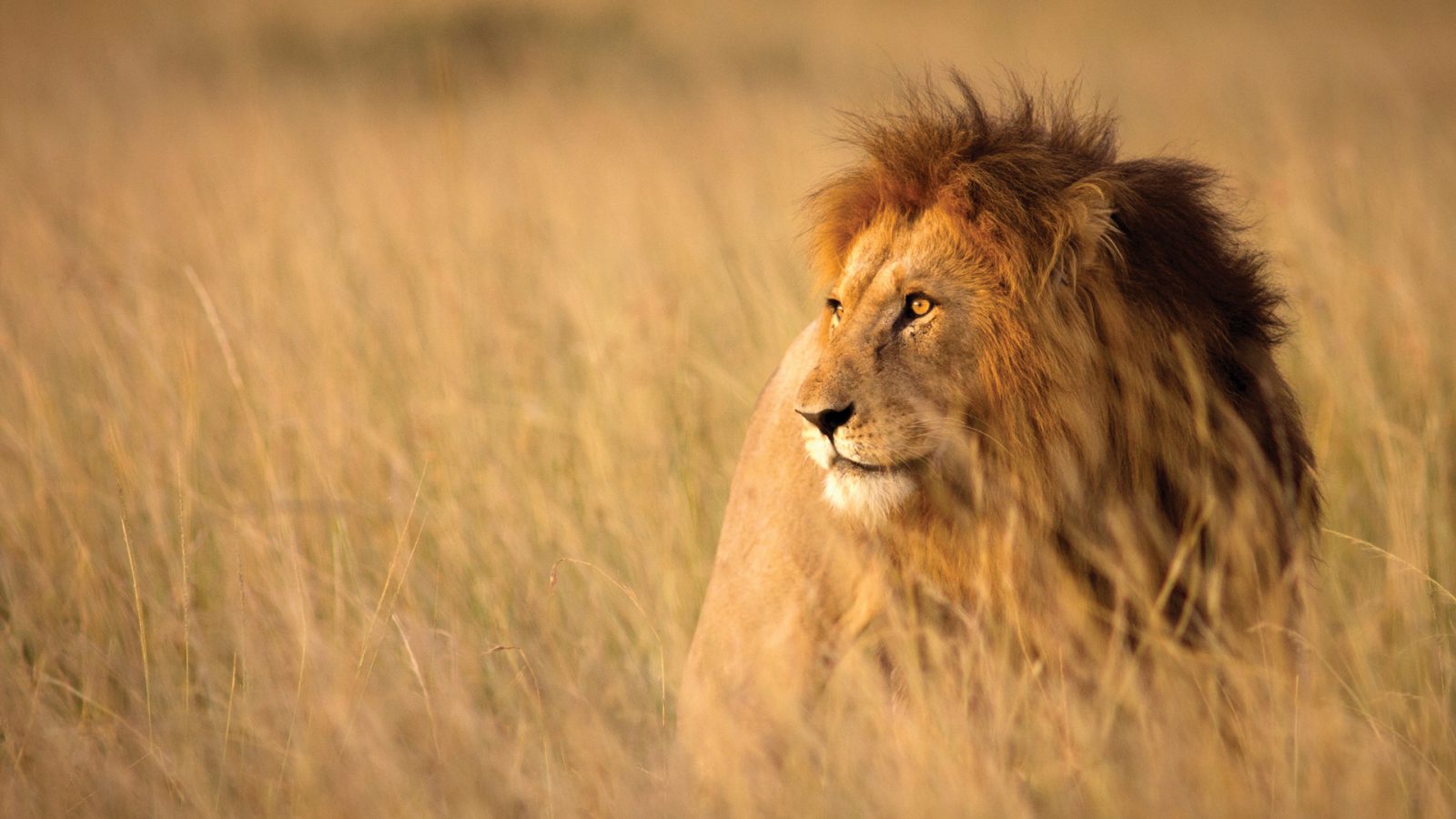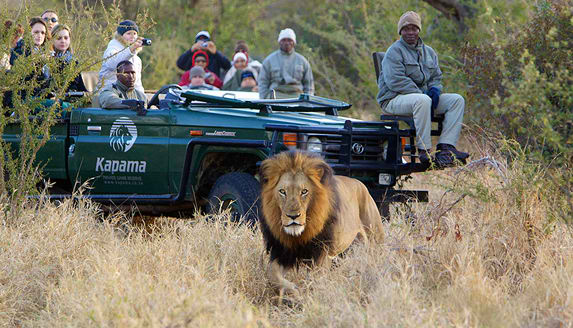Kruger National Park is the largest game reserve in South Africa. It covers an area of 19,485 km2 in the provinces of Limpopo and Mpumalanga in northeastern South Africa and extends 360 km from north to south and 65 km from east to west. The park is part of the Kruger to Canyons Biosphere an area designated by the United Nations Educational, Scientific and Cultural Organization (UNESCO) as an International Man and Biosphere Reserve. To the west and south of the Kruger National Park are the two South African provinces of Limpopo and Mpumalanga. In the north is Zimbabwe, and to the east is Mozambique. The Kruger National Park is the flagship of the country’s national parks and is known for its ultimate safari experience. The Kruger Park is a remarkable reserve offering an incredible experience of Africa.
The Wildlife
Africa’s Big 5 – lions, leopards, rhinos, elephants, and buffalos are frequently sighted. The African wild dogs, antelope, Springhare, Spotted Hyena, civets, zebra, baboons, and monkeys can also be found in Kruger. Some of the vast and diverse population of interesting birds which are found in the Kruger National Park are African Fish Eagle, Pel’s Fishing-Owl, Pennant-winged Nightjar and Croaking Cisticola. In fact, Kruger is home to a number of species including 147 mammals, 114 reptiles, 507 Bird Species and 34 Amphibians. The Kruger National Park is not only known for its natural beauty, it is also known for its diverse and flourishing wildlife.
Kruger National Park Regions
The Kruger National Park has four regions to make it easier for visitors to select the type of African safari experience: Central Region, Southern Region, Northern Region and Far Northern Region.

Central Region
The Central Region is acclaimed to be the most game-rich area. It encompasses about 30% of the Kruger National Park’s land area stretching from the Sabie River north towards the Olifants River. It supports nearly half the park’s lion population as well as numbers of leopard , hyena, and cheetah. The central region also has a number of camps making it a popular region among tourists.
Southern Region
The Southern region covers the lower fifth of the Kruger Park, from the Sabie River down to the Crocodile River right in the south. This is the region where you’re almost sure of seeing a white rhino. The combretum woodlands of the Southern region also attract reasonable herds of kudu, impala, giraffe , buffalo , zebra , white rhino and elephant. There are only a few lions in this region which makes way for the cheetah and wild dogs.
Northern Region
The Northern region is a semi-arid region covering 7 000 km2 that sees very little rain. It extends from the Olifants River to the Tropic of Capricorn and is mostly dominated by mopane trees. Elephant sightings are common in this region of the Kruger Park, as well as buffalo and zebra.
Far North Region
The Far Northern region extends from the Tropic of Capricorn right up to the Limpopo River. The area is mainly arid and flat, apart from around Punda Maria, where localized rainfall allows tall mopane trees to flourish in abundance. Visitors can get to see the sand frogs, a collection of bats, the nocturnal bushpig and the rare Sharpe’s grysbok. There are also samango monkeys, packs of endangered wild dog , and the major water pans across the Jambiya sandveld are a good place to sight tropical warm-water fish. Game viewing in this region is best along the river systems, and this is a great area to see nyala, elephant, buffalo, cheetah, and leopard.
Things To Do In Kruger National park
Game Drives

For those who want to experience wildlife encounters, the private game lodges offer game drives. Games drives can be morning drives, sunset drives, night drives and usually include a coffee break, breakfast or sundowners in the bush as part of the game drive experience. A game drive is a highlight of any day as guests venture out on the back of an off-road vehicle to the bush in hot pursuit of an up-close encounter with the animals. These game drives are conducted by experienced rangers who will impart to you their knowledge about the animals and the wild.
Bush Walks
Guests can also explore the Kruger National Park on foot. During bush walks, guests get to experience the excitement of tracking a rhino or elephant or lion on foot through the heat of the bush. Guided bush walks are designed to enable the guests to take a much closer look at the ecosystem. It allows guests to see smaller details which cannot be seen during game drives. Bush walks can last up to four hours and mostly conducted by the camps during morning or afternoon.
Wilderness Trails
Guests will experience the wildness, remoteness, tranquility, and peace in the wilderness trails. Some of the most incredible wilderness trails in Kruger National Park are Metsi-Metsi, Napi Wilderness Trail, Bushmans Wilderness Trail, Sweni Wilderness, Nyalaland, and Wolhuter. The wilderness is perfect for small groups. It requires a certain level of fitness and stamina to survive days in the trails. Staying in a rustic, primitive camp and experiencing the African bush on foot for a few days is definitely an authentic wilderness experience.



